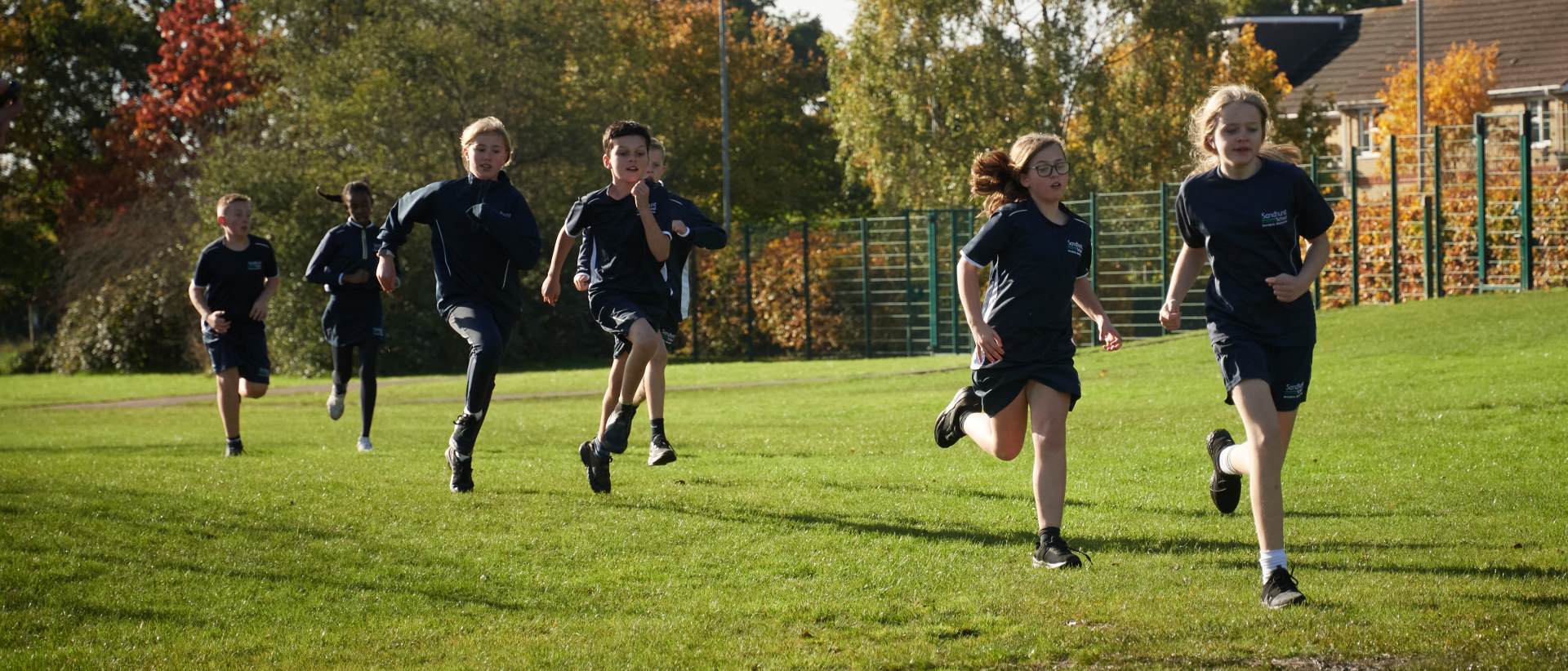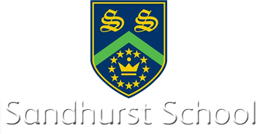Physical Education
Intent:
The Physical Education curriculum is an integral part of student development in all key stages. The skills learned and activities that pupils engage with will develop many strands of personal character, developing the emotional, social and physical health of our students. We will build on the students' prior knowledge of PE from our local feeder schools and continue to develop all enthusiasm for sport shown by all of our students, offering them new and more advanced opportunities to develop.
A wide variety of activities are taught to give students a broad range of skills in PE. Invasion games, net games, dance, gymnastics, striking and fielding and fitness will be delivered alongside other activities which involve teamwork or physical challenge. This is further enhanced by an extensive programme of extra-curricular clubs and school sports teams that compete in Bracknell Forest and Berkshire County competitions. A seasonal extra-curricular sports calendar has been constructed to offer a fantastic range of clubs and fixtures, offering a good balance to both boys and girls for competition and practice.
Further information:
Our objectives
A major objective of the PE programme will be to foster the fitness of our students, improving coordination, flexibility, cardiovascular health and strength. Beyond this, the benefits will stretch as far as improving the enjoyment and passion for life by introducing and encouraging healthy activities that can become hobbies or even lifestyles. Attitude to health and fitness and sport will be a focus of student development with the objective of all students feeling positive about taking part positively, regardless of level and ability.
Curriculum
The PE curriculum will incorporate teamwork, peer coaching, peer feedback, leadership, the choreography of routines, problem-solving, self-analysis and communication. The students will be developed and assessed in sportsmanship, teamwork and personal resilience over a wide range of activities. The teachers will work to transfer our own passion and love for sport to future generations, who may be inspired to challenge themselves physically and try many new leisure pursuits.
The theory element of PE is planned to extend students’ literacy, oracy and comprehension. The knowledge and understanding of the importance of a good diet, exercise and human anatomy is taught alongside the practical activities to lead directly into GCSE and further education, PE examination courses and employment.
Our facilities
Our own sports facilities will provide an excellent centre for students to develop in sport and improve fitness. The curriculum is planned to incorporate the sports hall, gymnasium, playing fields, tennis/netball courts, 3G astro, fitness suite, outdoor gym, rock climbing traversing wall and boxing gym as space and effective learning spaces to inspire our young learners. In addition to this, our students will benefit from sports activities at other local facilities such as Oakwood Outdoor Education Centre, the Bracknell Athletics Stadium and Leisure Centre as well as at other Bracknell Forest schools as part of our proactive school sports partnership.
Inclusion
We aim to provide equal opportunity to all students in PE to access our curriculum and the opportunities provided. We will use SEN profiles to adapt lesson planning and if necessary, make adjustments for any auditory, visual, physical or cognitive challenges faced by our students. Students working at the highest level in lessons will be challenged and given additional opportunities in competition and county representative teams. A selection of PE prefects will be selected to develop their leadership and communication skills as young sports leaders and officials in inter-house competitions.

Curriculum time allocation
KS3 (Years 7, 8 and 9) - 4 hours per fortnight
KS4 (Years 10 and 11) - 2 hours per fortnight core / 5 hours per fortnight options
Homework policy
PE Kit Policy
All students must have a Sandhurst School PE T-shirt for every PE Lesson and sports trainers. Students can wear either the branded Sandhurst School shorts or skort. Alternatively, they can wear plain navy or black sports leggings or tracksuit bottoms. No Cycling shorts, please.
In cold weather, students must have either the Sandhurst School rugby top or the branded zip top.
All jewellery must be removed and hair tied back.
If you forget any item of PE kit for your lesson (per half term)
- 1st time - 20 min Lunch DT,
- 2nd time - 40 min Lunch DT
- 3rd time - 1 hour after school DT
If you have lost your PE kit then you MUST bring a note from home to explain. You should temporarily bring something suitable to wear for PE. For example a plain T shirt and shorts.
Curriculum pathways
KS4 Personal Learning Checklists (PLC)
PE - Component 1 Unit 1 Applied anatomy& physiology - 1PE0
PE - Component 1 Unit 2 Movement analysis - 1PE0
PE - Component 1 Unit 3 Physical training - 1PE0
PE - Component 2 Unit 1 Health, fitness & well being - 1PE0
PE - Component 2 Unit 2 Sports psychology - 1PE0
PE - Component 2 Unit 3 Socio-cultural influences - 1PE0
KS4 exam information
| Exam | PE |
| Board | Edexcel |
| Spec | 1PE0 |
| Paper 1 |
|
| Paper 2 |
|
Department Contact
Mr T Kingtking@sandhurstschool.org.uk

